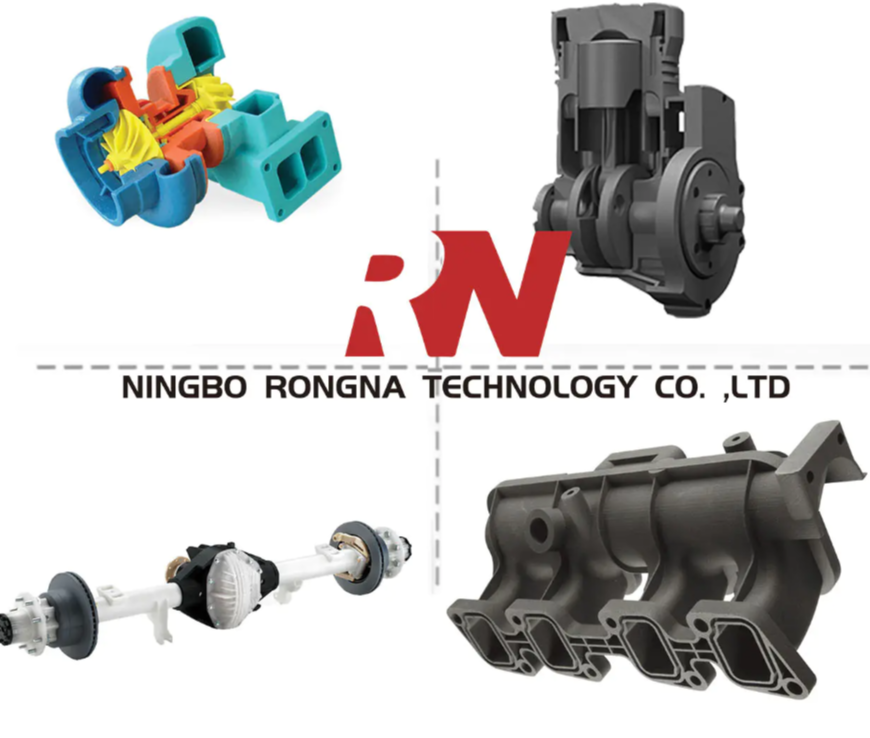In recent times, the arena of product development has experienced a profound transformation due to the fusion of rapid prototyping 3D printing services. This confluence of innovative technologies has redefined the entire process, from conceptualization to market entry, ushering in a new era of efficiency and ingenuity.
The marriage of rapid prototyping and 3D printing has substantially expedited the design iteration process. Traditionally, refining product designs involved time-consuming cycles. However, with the advent of 3D printing, prototypes can be produced within hours or days. This swift pace empowers designers and engineers to promptly identify and rectify design flaws, effectively shortening the development timeline.
Moreover, the financial landscape of product development has witnessed a paradigm shift. The need for costly tooling and molds, inherent in conventional manufacturing, has been circumvented by 3D printing. This reduction in upfront investment democratizes product development, particularly benefitting startups and small businesses by enabling cost-effective innovation and experimentation.
The creative boundaries of design have also been dramatically expanded. 3D printing excels in translating intricate digital designs into tangible objects. This newfound freedom enables the exploration of avant-garde designs that were previously unattainable through traditional manufacturing techniques.
A significant hallmark of 3D printing is its ability to cater to individual preferences. The integration of customization into the prototyping and manufacturing process allows for the creation of prototypes and final products tailored to the specific needs of customers. In fields like healthcare, this translates to the production of personalized medical devices and implants.
Environmental sustainability has become a paramount concern, and here, 3D printing shines as a beacon of eco-friendliness. Unlike traditional subtractive manufacturing, 3D printing operates on an additive principle, drastically reducing material wastage and aligning with eco-conscious practices.
The 3D printing landscape is characterized by diversity, with various technologies and materials at its disposal. This diversity lends itself to accurate prototyping that mirrors the mechanical attributes of the final product, enhancing validation and testing processes.
Digital connectivity has transcended geographical constraints, facilitating seamless collaboration among global teams and stakeholders. This interconnectedness fosters innovation by melding diverse expertise, paving the way for cross-continental creative synergy.
Time-to-market is a crucial metric for success, and the combination of rapid prototyping and 3D printing accelerates this journey significantly. The swift transition from conceptualization to market entry bestows a competitive edge, enabling early market presence and agility in responding to consumer feedback.
Risk mitigation is a cornerstone of effective product development, and 3D printing contributes by enabling proactive refinement. Detecting design flaws early on through tangible prototypes prevents costly rectifications during full-scale production.
By liberating designers and engineers from the constraints of traditional manufacturing, 3D printing fosters a realm of unbridled creativity and innovation. This accessibility and versatility inspire novel ideas and concepts, redefining the boundaries of what is possible.
In conclusion, the synergy between rapid prototyping and 3D printing has revolutionized product development. This transformative partnership has ushered in accelerated iteration, cost efficiency, customization, reduced environmental impact, and a fertile ground for innovation. As this technology continues to evolve, its impact on the landscape of product design and manufacturing is poised to be even more profound.

